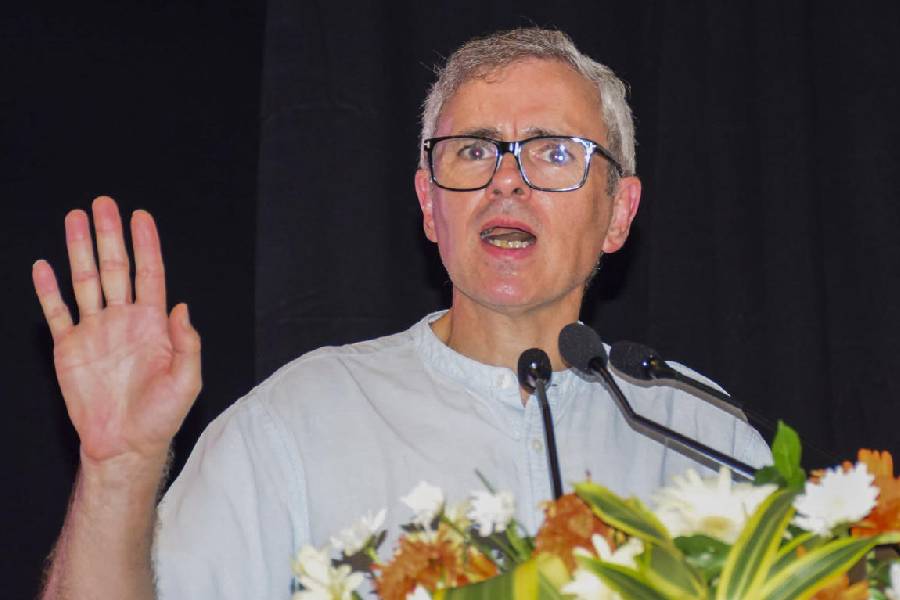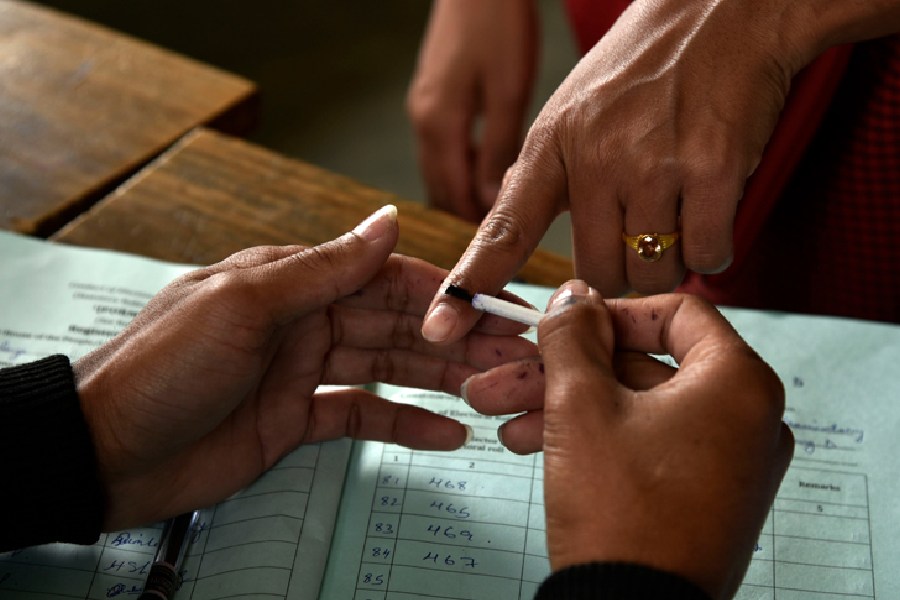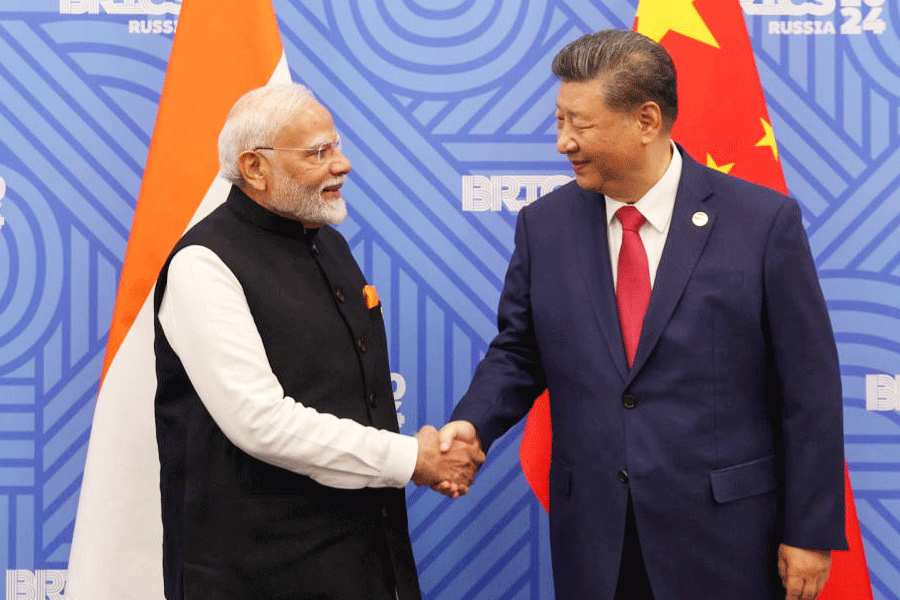| Three Pillars | |||
| Ayurveda classification of constitutions | |||
| Constitution | Body frame | Disease resistance | Removal of toxins |
| Kapha | Broad | Excellent | Poor |
| Pitta | Medium | Good | Quick |
| Vata | Thin | Poor | Moderate |
New Delhi, Sept. 14: A genetic study by Indian scientists appears to have corroborated a centuries-old ayurveda concept that classifies all people into one of several body constitutions used by traditional doctors to tailor individualised treatments.
Researchers at the Institute of Genomics and Integrative Biology, New Delhi, have found subtle yet significant differences in genetic activity and the body’s biochemicals between people from each of the three distinct body constitutions — Kapha, Pitta, and Vata.
Ayurveda practitioners believe that susceptibility to disease is determined by a person's constitution which, according to ancient texts, is fixed at birth. People with extreme constitutions are classified as Kapha, Pitta and Vata, but most people belong to a combination of these.
Now, biologist Mitali Mukherjee and her colleagues at the IGIB have discovered that individuals from within each of the extreme constitutions appear to share gene activity patterns — among housekeeping genes and genes involved in diseases.
“It was a surprise. The body constitutions defined in ayurveda appear to be reflected in gene activity and in blood tests,” Mukherjee said. The findings appeared last week in the Journal of Translational Medicine.
“This is perhaps the first biological evidence to support a central concept of ayurveda,” said Marthanda Varma Sankaran Valiathan, a cardiac surgeon and former director of the Sri Chitra Tirunal Institute of Medical Sciences, Thiruvananthapuram, who was not involved in the study. “There’s more in ayurveda than herbal medicines. This work is exploring the biology of traditional medicine.”
But the IGIB study, first proposed seven years ago, was almost obstructed by project reviewers of the department of biotechnology who appeared sceptical of attempts to investigate ayurveda through genome studies and turned down the proposal.
“This is a case where scientists continued to chase an idea despite initial adverse reactions,” said Samir Brahmachari, the director-general of the Council of Scientific and Industrial Research, who was director of IGIB at the time.
The IGIB researchers screened more than 800 healthy men and women from northern India, and asked two ayurvedic practitioners to classify them by body constitutions. Then they picked 28 Kapha, 29 Pitta, and 39 Vata individuals for the study and conducted blood tests and used a technique called micro-array analysis to monitor the activities of thousands of genes.
Differences showed up in both blood and genes.
Kapha men, for instance, had higher levels of bad cholesterol and triglycerides than Pitta or Vata men. Differences also surfaced in the activities of genes involved in the immune system, certain diseases, and in body's housekeeping functions.
These findings are consistent with traditional ayurvedic view that Kapha individuals are susceptible to obesity and heart disease.
“Biochemical parameters have a range of normal values — healthy people with extreme constitutions have their values on the far left side or the far right side of this normal range,” said Bhawna Prasher, an ayurvedic doctor who participated in the study.
The researchers caution that their findings need to be validated through a bigger study with more people. They hope such research will eventually help them understand subtle differences in the body’s genetic makeup that determine a person's susceptibility to diseases and response to treatment.
“This is one more step towards personalised medicine,” said Mukherjee. After the proposal was rejected by the department of biotechnology, the researchers were funded by the department of science and technology under a collaborative programme with a Russian institution studying ayurveda.
Members of the IGIB team also spent two weeks in Russia, classifying volunteers from that country as Kapha, Pitta and Vata individuals. But the genome analysis on the Russians is yet to be done.
“We want to find out whether this connection will work in other populations,” said Brahmachari. “This could be the beginning of ayurgenomics.”










